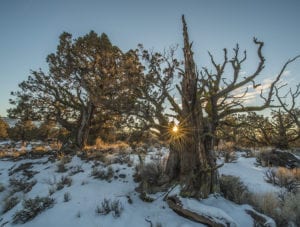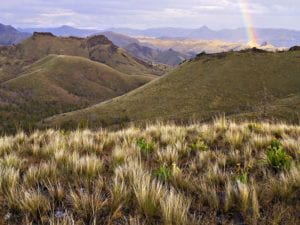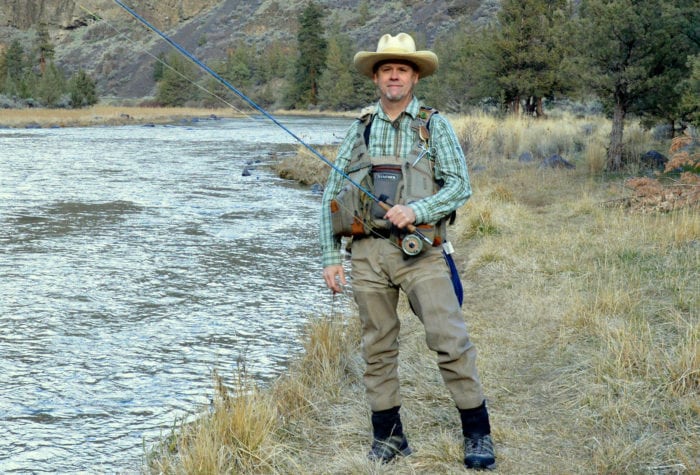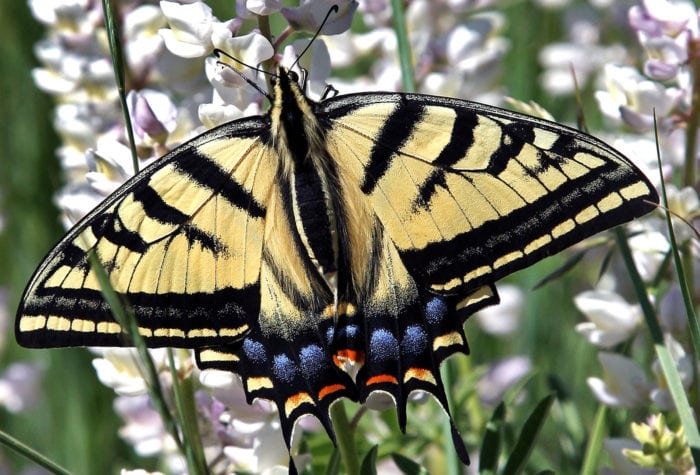A Tale of Two Wilderness Areas: Badlands and Spring Basin
On March 30, 2009, President Obama signed a massive public lands package into law, with the Oregon Badlands Wilderness and Spring Basin Wilderness among the many places protected.
Besides sharing the same birthday and being located in Oregon’s high desert, the Badlands and Spring Basin Wilderness Areas have little in common. The subtly beautiful volcanic landscape of the Badlands stands in stark contrast to the dramatic vistas and rolling hills of Spring Basin.
And though the legislation protecting these two desert wilderness areas passed the finish line at the same time, they took decidedly different roads to get there.
Two Ways to Get to Wilderness
In order to get a wilderness bill introduced, passed, and signed into law, you need to have local support. For years, “local support” was narrowly defined as an endorsement from local elected officials. Though the Bend City Council endorsed the Badlands Wilderness proposal twice, ONDA tried and failed for years to earn the support of the Deschutes County Commission.
Meanwhile, in the John Day Basin, ONDA was struggling to maintain momentum in our campaign to protect Spring Basin, but not for lack of local support. The Wheeler County Court (the equivalent of a County Commission) had unanimously endorsed the Spring Basin Wilderness proposal, and still the area garnered little attention from Oregon’s Congressional Delegation.
After setbacks threatened to derail our efforts to protect the Badlands, ONDA decided to try a new, and at that time radical, strategy. In 2006, we set aside efforts to earn the support of local elected officials, and instead focus on building support amongst businesses.
This strategy proved wildly effective. The Badlands campaign quickly gained high profile supporters, like Deschutes Brewery and Mt. Bachelor, and thousands of Central Oregonians sent messages of support for protecting the Badlands to Senator Ron Wyden.
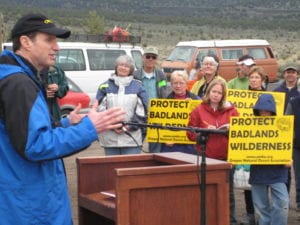 In contrast, the effort to protect Spring Basin was a marathon of countless hours of community meetings, iterations of maps and proposed land exchanges to consolidate public and private property.
In contrast, the effort to protect Spring Basin was a marathon of countless hours of community meetings, iterations of maps and proposed land exchanges to consolidate public and private property.
Local farmers and ranchers, the Confederated Tribes of Warm Springs, Wheeler County government, the Oregon Hunters Association and ONDA formed an alliance committed to working together over the course of a decade to improve access to public lands and bring Wilderness protections to Spring Basin.
Passing the Finish Line, Together
In May of 2008, Sen. Wyden visited the Badlands and announced that he would soon introduce legislation to protect the Badlands as wilderness. Hoping that this would be the opportunity to finally gain protection for Spring Basin as well, ONDA staff worked closely with Sen. Wyden’s office and local landowners to draft the Spring Basin Wilderness Act, which was introduced alongside the Badlands Wilderness Act that June.
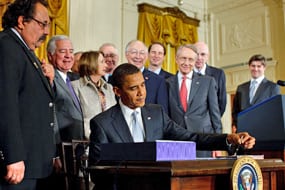 With a lot of hard work and a bit of lucky timing, the Oregon Badlands and the Spring Basin Wilderness Acts were both included in a nationwide package of conservation bills, giving them a stronger chance of speedy passage.
With a lot of hard work and a bit of lucky timing, the Oregon Badlands and the Spring Basin Wilderness Acts were both included in a nationwide package of conservation bills, giving them a stronger chance of speedy passage.
On the day the Oregon Badlands and Spring Basin Wilderness Acts passed, staff and volunteers gathered at the ONDA office to crowd around a computer live-streaming C-Span as the votes came in. Cheers filled the office as we realized that the bills not only had the votes they needed to pass, but had earned the support of every member of Oregon’s congressional delegation.
What’s next for Oregon’s Public Lands?
Just shy of a decade later in March of 2019, Congress passed the only big conservation package we have seen since the Omnibus bill that protected the Badlands and Spring Basin. While this recent package contained some notable conservation victories, including 1.3 million acres of wilderness and 676 miles of Wild and Scenic Rivers, none of the places it protected were in Oregon’s high desert. That leaves a lot of work to be done to get protection for amazing places like Sutton Mountain, Whychus-Deschutes, and the Owyhee Canyonlands.
You can be part of the next era of public lands protection — take action now and let your elected leaders know that you care about Oregon’s high desert public lands!
